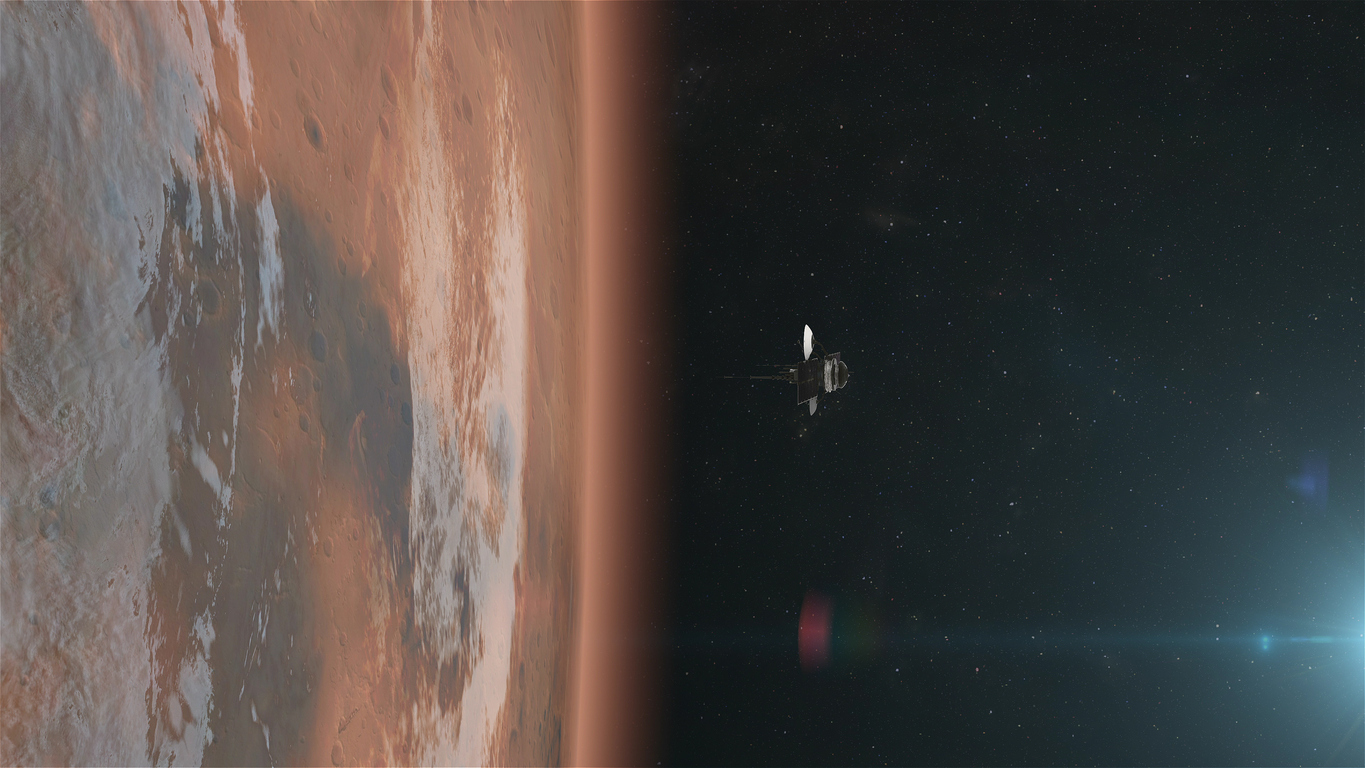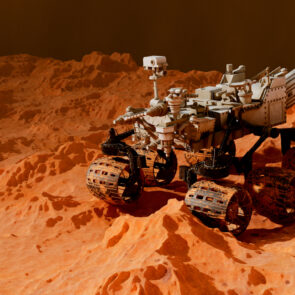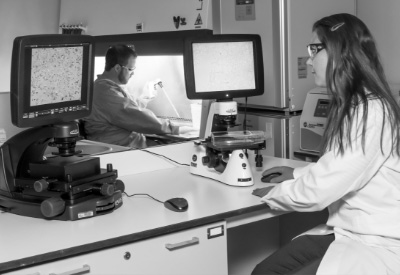September 2023 | Tips & Information
Small Satellite Technology: Revolutionizing the Space Industry
In the realm of space exploration research, a noteworthy transformation has taken place in recent years—satellites are becoming increasingly smaller. Small satellites, such as minisatellites, nanosatellites, CubeSats, and ChipSats represent variations of a remarkable satellite phenomenon driven by the persistent trend towards miniaturization.
These technological marvels have captured the interest of researchers and manufacturers worldwide. Because of their reduced size, these satellites require inventive, compact, and resilient microelectronic solutions to meet their distinct requirements.
Advancements in Small Satellite Microelectronics and Battery Technology
Recent advancements in microelectronics and battery technology have been the primary driving force behind the downsizing of satellites. As these fields have progressed, it has become possible to develop increasingly powerful, compact, and efficient electronic components and power sources.
These advancements have enabled scientists and engineers to incorporate unparalleled functionality into new satellite designs. Combined with breakthroughs in battery technology which have allowed for highly efficient energy usage in microelectronic components, we now have cost-effective and multi-instrumented satellites that are not only significantly smaller and lighter than their older counterparts but also operate for extended periods of time.
Small Satellite Cost and Accessibility
Perhaps the most important component driving the satellite downsizing trend is the sheer cost-effectiveness of small satellite designs. Traditional large satellites are known for being extremely expensive to build, launch, and maintain. Miniature satellites, however, offer a far more budget-friendly option, making space exploration and research accessible to a much wider audience, including academic institutions, startups, and small/independent research organizations.
Thanks to this increased affordability and accessibility, companies like City Labs can more easily pursue the development and flight-testing of new microelectronic satellite components. This capability allows individual research groups to play a crucial role in revolutionizing space-based technology through unique research initiatives that historically were unfeasible.
Energy Efficiency and Sustainable Space Technology
One of the key advantages of small satellites is their reduced energy requirements. Compared to their larger counterparts, small satellites consume much less power, opening the door to the development of sustainable and energy-efficient batteries to power the onboard microelectronic components.
Lower energy needs align perfectly with City Labs’ patented NanoTritium™ batteries, which provide reliable and long-term power for microelectronic devices at the nanowatt–milliwatt scale. Tritium-powered batteries are a perfect fit for smaller satellite implementations. They not only extend mission capabilities but also promote a sustainable approach to space technology. By reducing the environmental impact of satellite-based missions, these nuclear batteries enhance overall satellite operation efficiency.
Limitations of Smaller Satellites
Despite their numerous benefits, it’s important to acknowledge that smaller satellites also have limitations. Due to their compact size, these satellites have limited space available for onboard instrumentation when compared with larger satellites. This will necessarily restrict the complexity of experiments and observations that can be conducted by a single satellite.
Additionally, smaller satellites will likely have reduced propulsion capabilities compared to larger satellites, limiting their ability to carry out missions that may require frequently changing orbits as well as reducing their ability to avoid potential space debris.
Benefits of Small Satellites for Enhancing Global Communication and Earth Observation
Regardless of their limitations, small satellites yield many benefits. Their small size and low cost allow for more extensive distribution of satellite networks, making them uniquely equipped to enable global connectivity and information dissemination. Small satellites play a vital role in global communication efforts and in establishing global internet connectivity, even to remote and underserved regions.
Another notable area that small satellites are specifically adept at is Earth observation missions, otherwise known as remote sensing. Remote sensing relies on image sensors that NanoTritium™ batteries could effectively power. Incorporating remote image sensors in small satellites can significantly enhance Earth observation capabilities and lead to invaluable insights for areas including agriculture, environmental monitoring, and disaster management.
These compact sensors enable high-resolution imaging and data collection, empowering researchers and policymakers to make informed decisions and address pressing global challenges. By leveraging the miniaturization of satellites and advanced image sensor technology, City Labs can play a vital role in revolutionizing Earth observation from space and contributing to a more sustainable and resilient future.
City Labs and the Future of Small Satellite Technology
City Labs’ advancements in microelectronics and nuclear battery technology enable us to make unique contributions to small satellite technology, fostering more cost-effective, capable, and sustainable space mission capabilities.
Recently, we were honored to be awarded a Small Business Innovation Research and Small Business Technology Transfer contract by the United States Air Force. This award has enabled us to embark on new research efforts aimed at developing an innovative ion engine powered by radioactive isotopes. This groundbreaking propulsion system is poised to revolutionize the future of small satellites and opens up additional opportunities for City Labs to develop small satellite batteries to power other onboard microelectronic components.
With this exciting development, City Labs finds itself in a solid position to actively shape the future of space technology by powering small satellites. This development comes alongside concurrent space-relevant projects involving our various globally renowned partners in aerospace research. Ultimately, these efforts will play a vital role in defining and expanding the key functions of small satellites in global communication, imaging, and space exploration for years to come.











